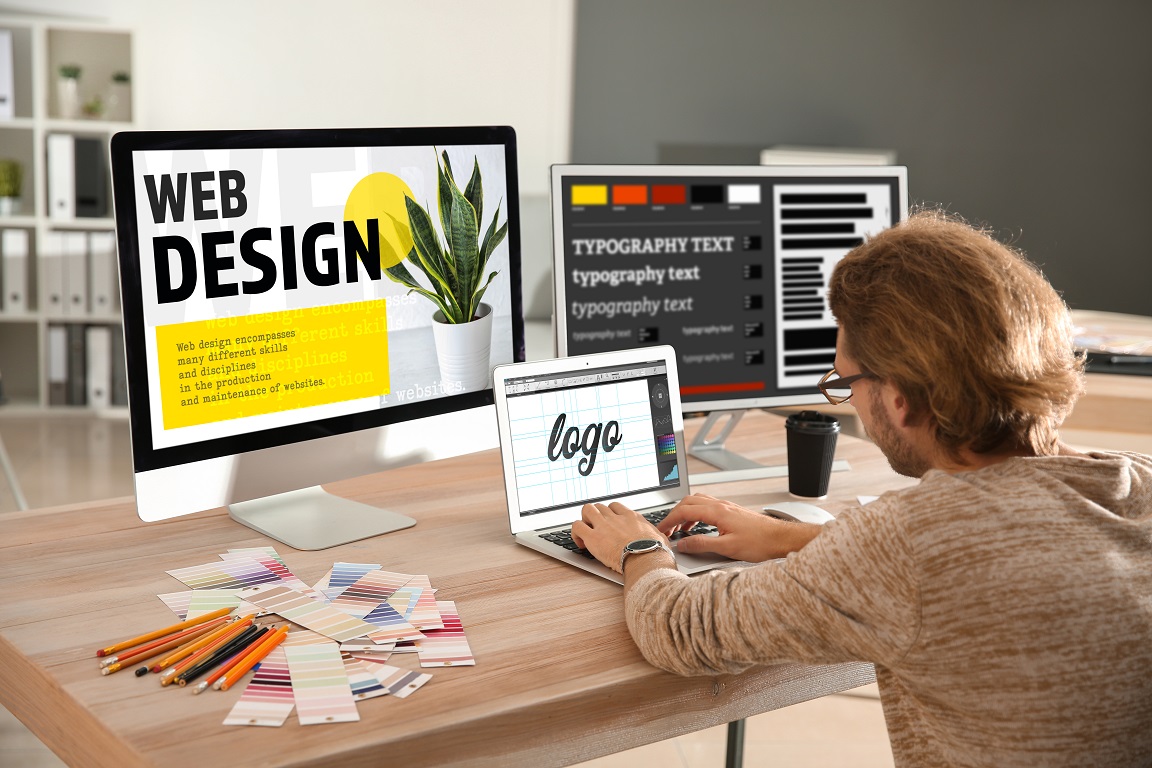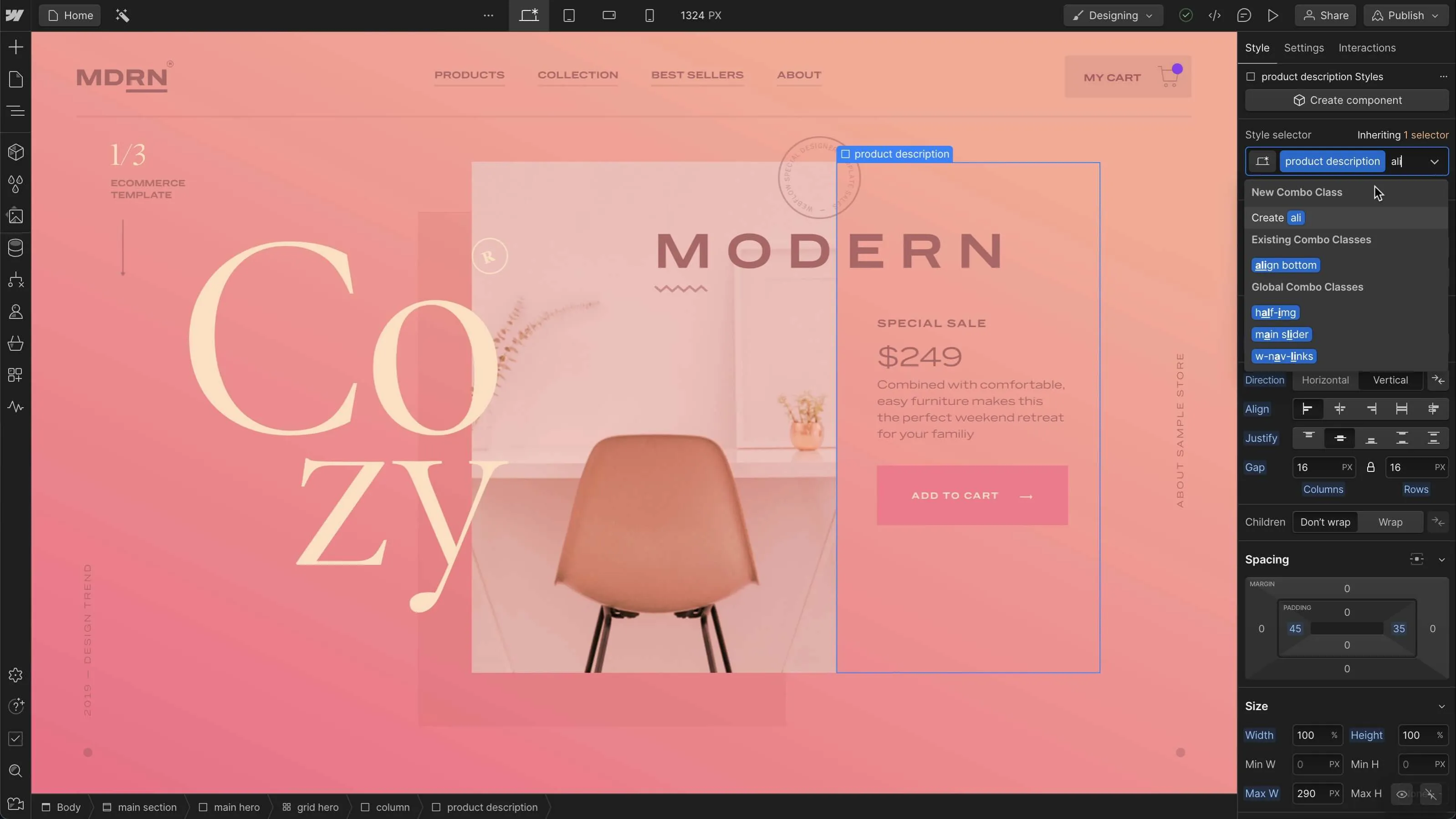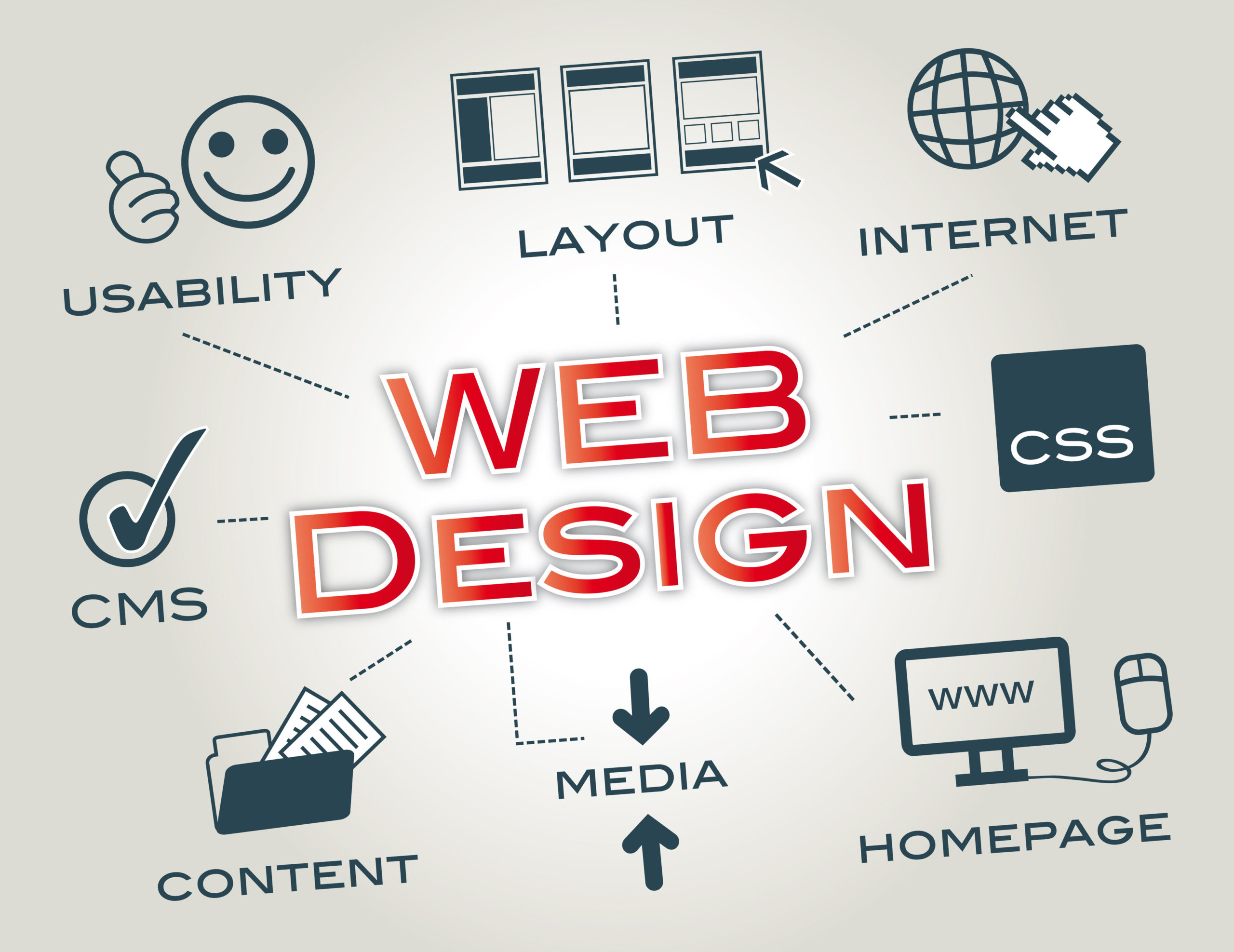Exactly How to Enhance Internet Site Efficiency with Better Web Design
Exactly How to Enhance Internet Site Efficiency with Better Web Design
Blog Article
A Thorough Guide to Understanding the Trick Aspects That Add To Successful Website Design in Today's Digital Landscape
In today's quickly advancing digital landscape, the ins and outs of successful internet design demand mindful factor to consider of different fundamental components. From the crucial nature of receptive design to the subtleties of reliable content technique, each part plays a pivotal duty in boosting user experience and interaction.
Value of Responsive Layout
In today's digital landscape, the importance of receptive layout can not be overemphasized. As users progressively gain access to internet sites via a variety of gadgets, consisting of smart devices, tablet computers, and desktop computers, a website's ability to adjust its design and capability to various display dimensions is critical. Receptive layout enhances user experience by guaranteeing that material is quickly understandable and navigable, despite the gadget being utilized.

Key Concepts of Individual Experience
Receptive style prepares for a positive customer experience, which is influenced by a number of essential concepts that direct effective website design. One of the leading concepts is simplicity, where a tidy and uncluttered user interface allows individuals to navigate the site effortlessly. This is enhanced by user-friendly layout, which guarantees that customers recognize practical components without complication.
An additional important aspect is accessibility, making sure that all customers, despite their abilities, can engage with the internet site. This involves utilizing legible fonts, contrasting colors, and different text for pictures. In addition, the concept of consistency across numerous web pages helps individuals construct familiarity with the site, improving their total experience.

Navigational Structure and Functionality
A well-organized navigational framework is crucial for boosting functionality on a site, as it directly influences just how quickly users can locate info and accomplish their objectives. A clear pecking order allows users to with ease comprehend the layout of a website, assisting in smoother navigation and decreasing stress.
Reliable navigation must include a logical collection of associated material, which assists individuals locate info quickly. Carrying out main, second, and tertiary navigation food selections can develop a smooth experience, directing customers through various degrees of content without overwhelming them. Uniformity in navigating design across all web pages is vital; customers must constantly recognize where they are and exactly how to go back to previous sections.
In addition, using detailed labels for navigation links is vital. Users need to be able to anticipate the web content of a web page based only on the web link text. Search functionality additionally enhances use, enabling users to bypass the navigating structure completely if required.
Lastly, mobile responsiveness needs to be considered, as a significant section of internet website traffic originates from mobile gadgets. A navigational framework that adjusts to various screen dimensions will certainly ensure use remains high, resource despite the platform.
Aesthetic Aspects and Branding
Efficient aesthetic aspects and branding are vital components of internet design, as they not only share the identity of a brand however additionally enhance customer involvement. A cohesive aesthetic identity, identified by regular usage of colors, typography, and images, establishes acknowledgment and cultivates trust fund among individuals.
Selecting proper fonts that align with the brand's personality can enhance the message and improve customer experience. They must be appropriate, engaging, and maximized for fast packing to maintain customer interest.

Content Strategy and Engagement
Establishing a robust content strategy is vital for driving user interaction and cultivating meaningful interactions on a website. A distinct web content strategy aligns with organization purposes while attending to the requirements and preferences of the target market. It includes numerous components, consisting of content production, curation, circulation, and analysis, making certain that the web site stays relevant and important.
Effective web content should be customized to reverberate with individuals, making use of a mix of layouts such as posts, videos, infographics, and interactive attributes. This range not just catches attention however also deals with diverse understanding styles and choices. Furthermore, using SEO best techniques improves presence, drawing natural traffic to the site.
Involvement is additional amplified via the integration of user-generated material, social sharing options, and contacts us to activity that encourage interaction. By cultivating a sense visit of area and dialogue, web sites can grow loyalty and motivate repeat brows through.
Lastly, constant analysis of individual involvement metrics allows for continuous optimization of web content strategy, making sure that the internet site adapts to evolving individual demands and preferences (web design). In the competitive digital landscape, a calculated strategy to web content is paramount for sustained success
Verdict
To conclude, successful website design in today's digital landscape counts on a multifaceted strategy that incorporates receptive layout, user experience principles, intuitive navigation, cohesive visual branding, and a critical web content structure. Each of these components plays an essential function in enhancing user engagement and contentment. By prioritizing these key components, websites can effectively meet organization purposes while cultivating meaningful links with their target market, inevitably adding to continual success in a progressively competitive online setting.
Report this page